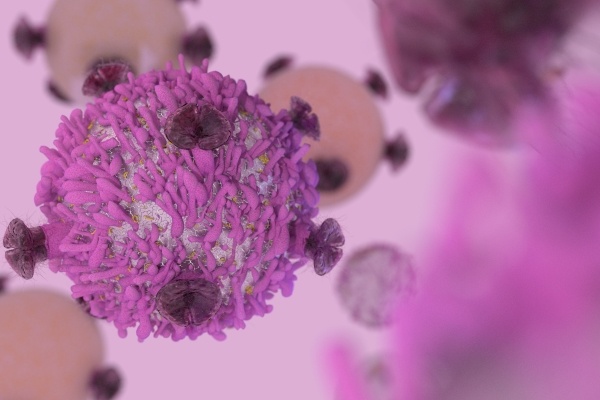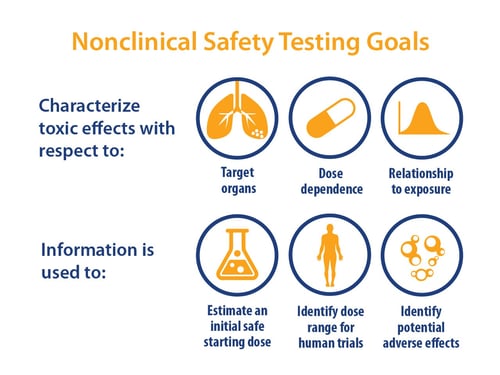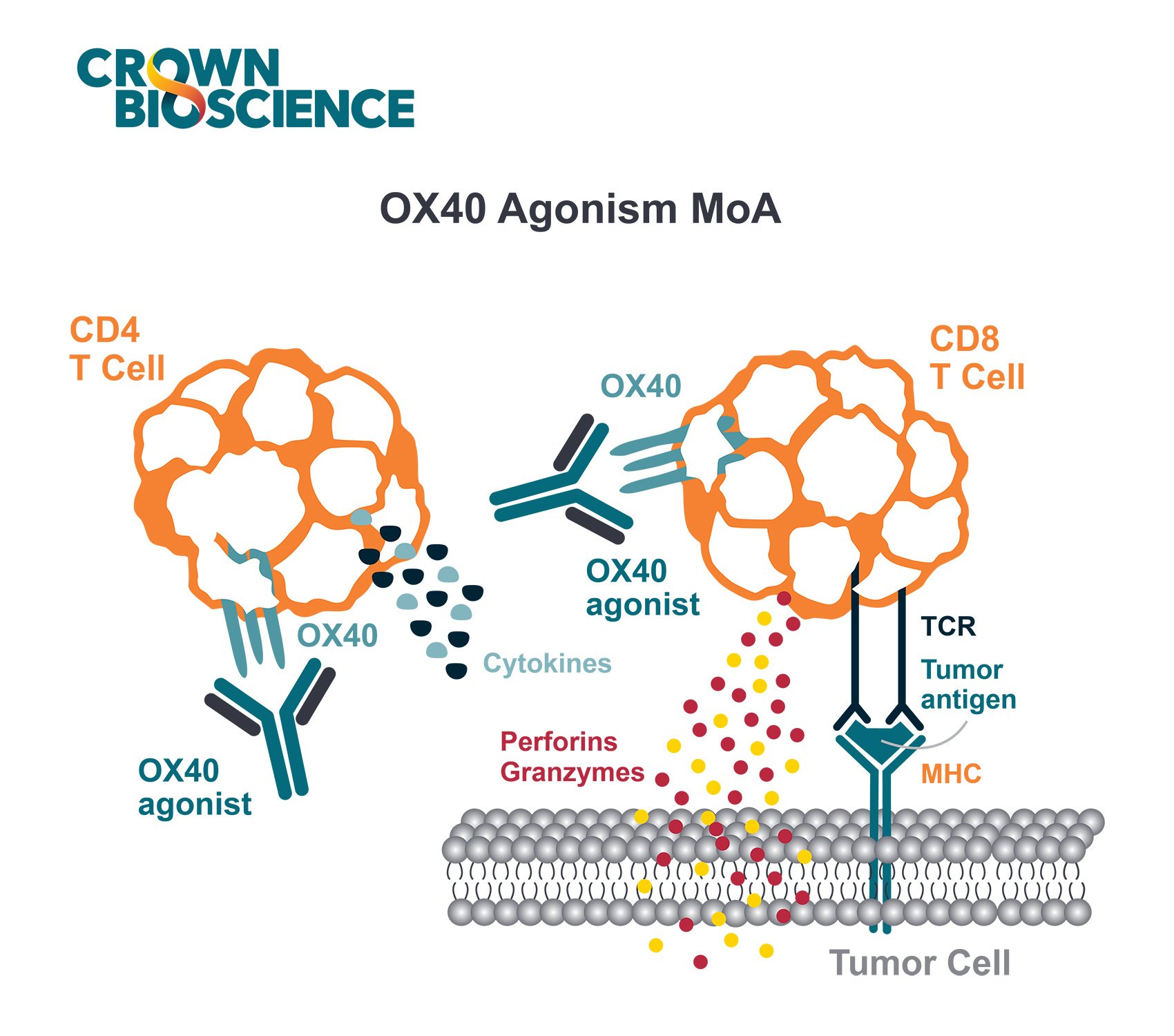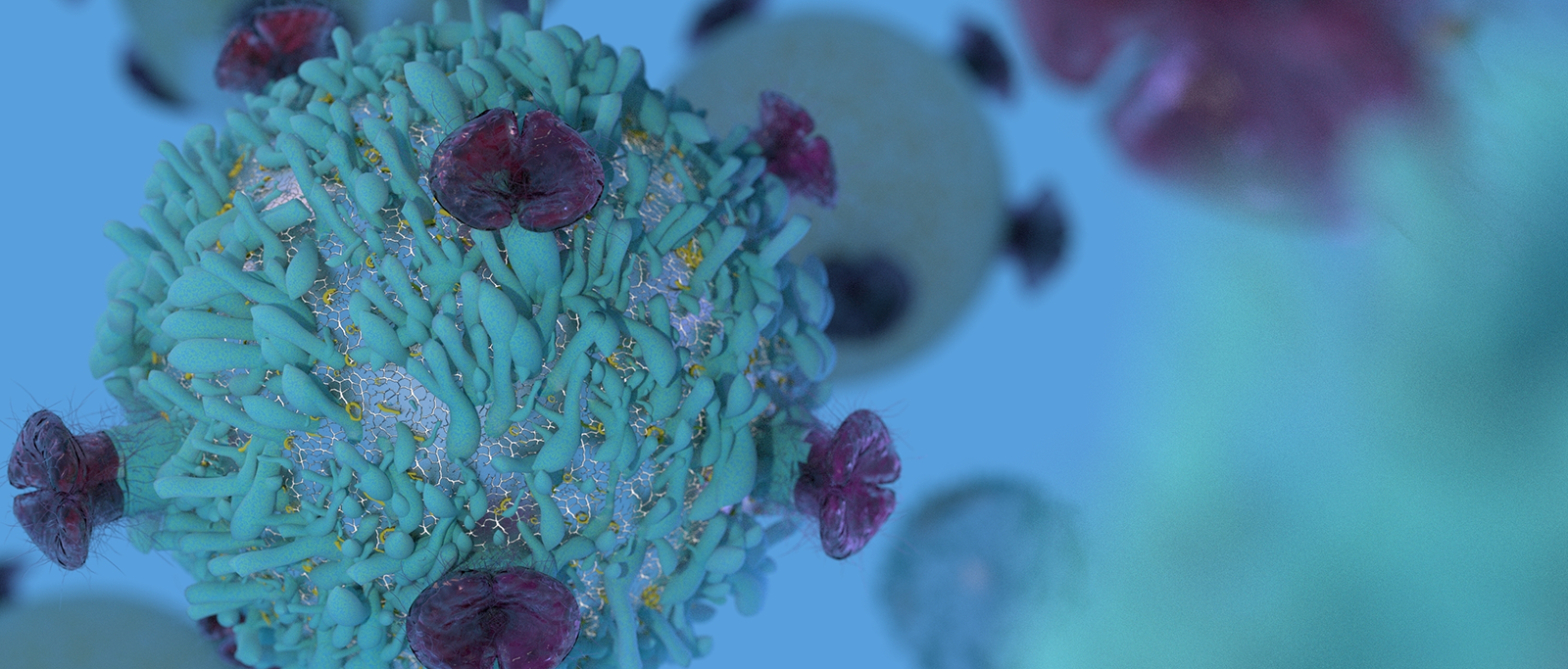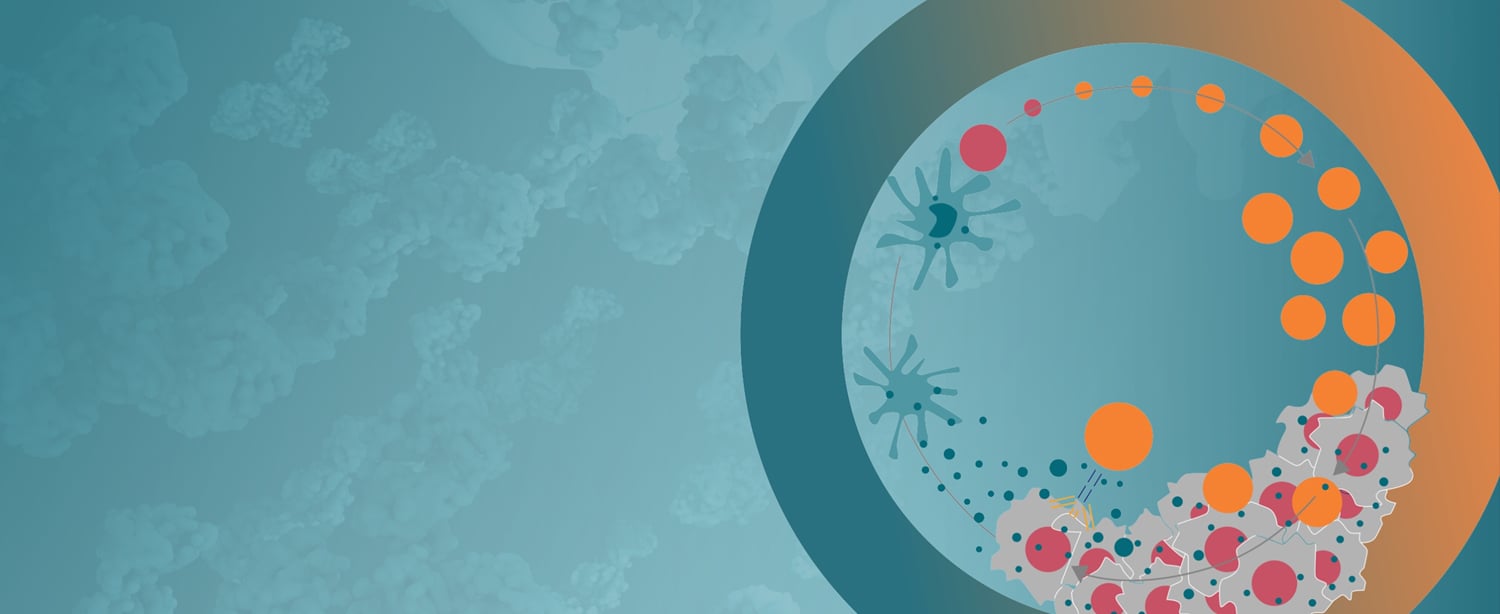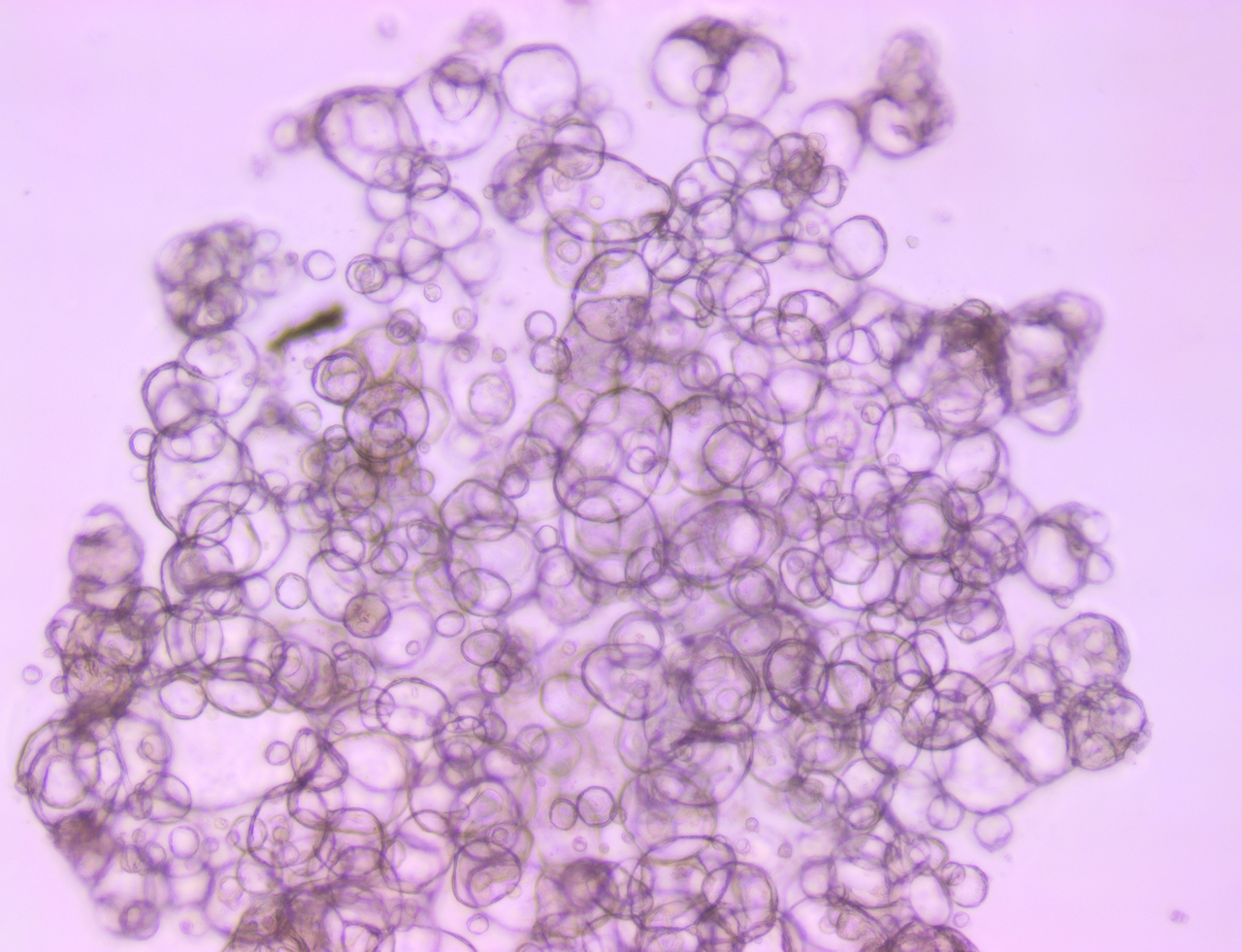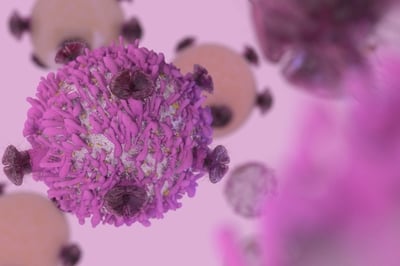
\Neoantigens are mutation associated antigens that arise from nonsynonomous somatic variations acquired in tumors across various tumor types. For example, cancers such as lung and melanoma induced by smoking and UV exhibit high mutational loads of neoantigens. Tumors with this burden can potentially harbor immunogenic antigens that can be picked up by the immune system and trigger an antitumor response. Neoantigens therefore provide evidence that the genomic landscape does in fact shape response to immunotherapeutics.
How does Mutational Load Influence Antitumor Response?
Mutations occur very early on in cancer, driven by clonal selection through various stages and treatment.
A high burden of neoantigens is associated with improved patient survival and response. Treatment can induce antigenic expression and can also help the exposure of cancer to immune surveillance. In a Nature Reviews Cancer paper, Hölzel et al. describe the plasticity of tumors and the immune cells, and how following treatment there is damage to the tumor which releases antigens.
However, an inflammatory response then comes into play which starts to protect the tumor again. By switching off the inflammatory response you could potentially increase the immune surveillance of that particular tumor.
How do you Design a Study to Evaluate Neoantigens and their Effects on Immunotherapeutic Response?
One way to do this is to recruit patient-derived xenograft (PDX) models into mouse clinical trials/population studies, where humanized mice are used to evaluate immuno-oncology agents.
This platform is chosen when evaluating newer targets in the human environment because:
- a mouse system and biology isn’t relevant
- human specific antibodies can only be tested in a humanized immune setting
- certain surrogates are unavailable for testing in murine systems
- there’s interrogation of optimal combinational strategies
- you are looking at the mutational load, so taking advantage of the diversity and heterogeneity of PDX models
- as well as neoantigen load
- population diversity within the mouse clinical trial.
All of these are features that really need to be leveraged to fully understand how immunotherapy response is affected, so choosing the right platform is important. Using humanized PDX models in population studies is very useful, and studying combinations, diversity, and the difference in mutational load this way is proving to be very important.
Melanoma and lung cancer have been at the forefront of the immuno-oncology endeavours that have been undertaken this way, with other key immnunotherapy indications to follow.
Further reading:
- Lu and Robbins. Cancer immunotherapy targeted neoantigens. Semin Immunol 2016;28(1): 22-27.
- Lawrence et al. Mutational heterogeneity in cancer and the search for new cancer genes. Nature 2013;499(7457): 214-218.
- Hölzel et al. Plasticity of tumour and immune cells: a source of heterogeneity and a cause for therapy resistance? Nat Rev Cancer 2013;13(5): 365-376.
Watch more on the background of neoantigens and how they can be targeted for immunotherapy

